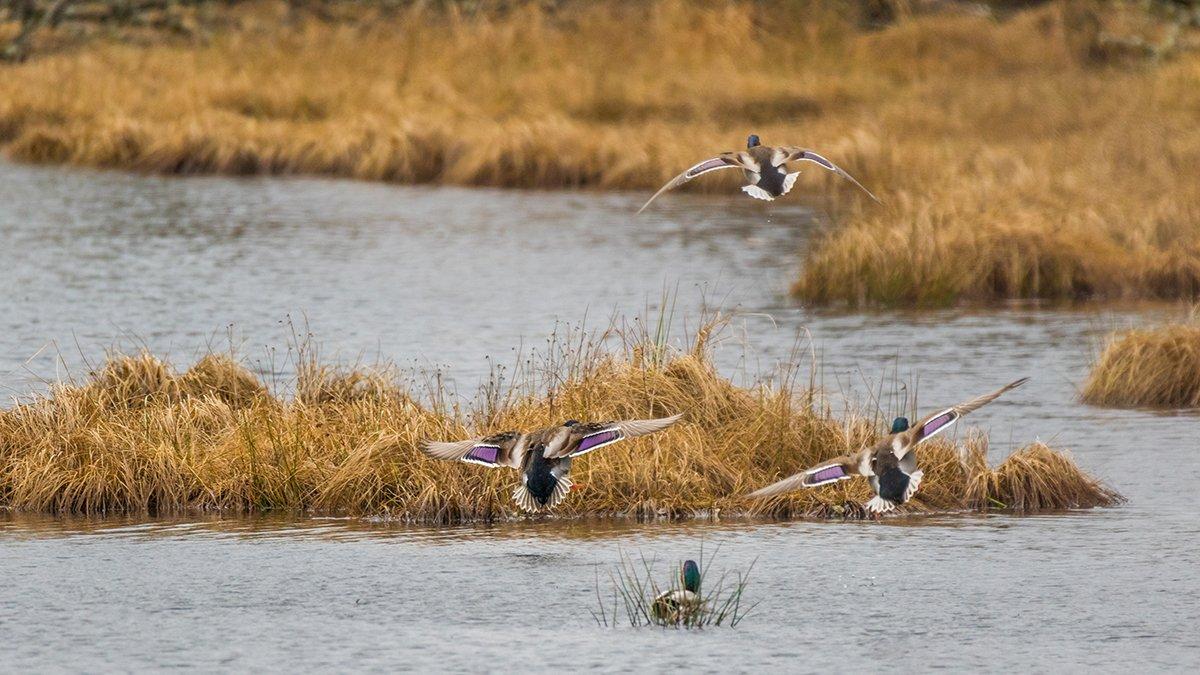Ducks and geese define these places in the eyes of hunters
Waterfowl hunting takes many forms — maybe more than any other type of hunting. As a result, the places where we encounter ducks and geese vary widely.
I chuckled at that notion this past summer while writing the Where to Duck Hunt portion of Realtree.com's How to Duck Hunt mega-feature. Ducks, as I mentioned toward the end of the segment, are where you find them. Yeah, that's a hackneyed phrase, for sure, but it's true.
It got me thinking about the environs where I pursue waterfowl during a typical year. Generally, the season kicks off at a hot summer marsh full of mosquitoes, green cattails and, hopefully, some migrating blue-winged teal. Later that day, I might switch gears and visit a freshly cut oat or alfalfa field, hoping to lure a few locally nesting giant Canada geese into my spread. Often, I'm wearing shorts in my field blind, Thermacell blazing.
As the season progresses, other habitats become part of the scene: timber-lined flowages, tiny woodland creeks, stifling wild-rice bogs and fields of freshly cut corn. And when winter begins knocking at the door, horizons expand to grassland sloughs, prairie pothole lakes, miles of steel-gray open water, a famous pool on a mighty bluff-lined river, residential and industrial shorelines along big lakes and, finally, tiny streams and springs that resist ice even when everything else has frozen.
Some of those places hold ducks from spring through ice-up. Others only host birds for brief periods, often during early-autumn staging, the peak of migration or winter's first freeze. At some point, because of ice, lack of food or unsuitability of seasonal habitat, all are barren of waterfowl for a time.
So really, when we pursue ducks or geese at any of those locales — or flooded timber, marine coasts or the Canadian prairies — we're just catching a brief glimpse of their existence at places that fulfill a small part of their journey. That confluence, I guess, is part of what makes waterfowling unique. You might hunt a mature whitetail along the same ridge from September through January, but the wood ducks you jump at a nearby stream in October will have vanished weeks later. Meanwhile, the big river a mile away might swell with divers for a few days after a cold front and then be bereft of birds by the first solid freeze. And while you then wait months for ducks and geese to return, they're on to other regions, providing brief windows of opportunity for hunters thousands of miles away.
Whatever form they take, and however briefly ducks and geese use them, all those places are still waterfowl environs. We can't wade along a creek, paddle a canoe along a shoreline or drive past a shimmering wheat field without thinking about days when cupped wings or frenzied flushes ruled those spots. Those scenes might have only occurred a time or two, but they define those places for us.
Sure, to many folks, those areas are streams, marshes, lakes, sloughs, rivers, fields or swamps — landmarks of natural beauty but otherwise just part of the landscape. But to us, they're the environs of ducks and geese — places where, for brief periods when the time and conditions are right, we find them.
Click here for more Realtree waterfowl hunting content. And check us out on Facebook.







